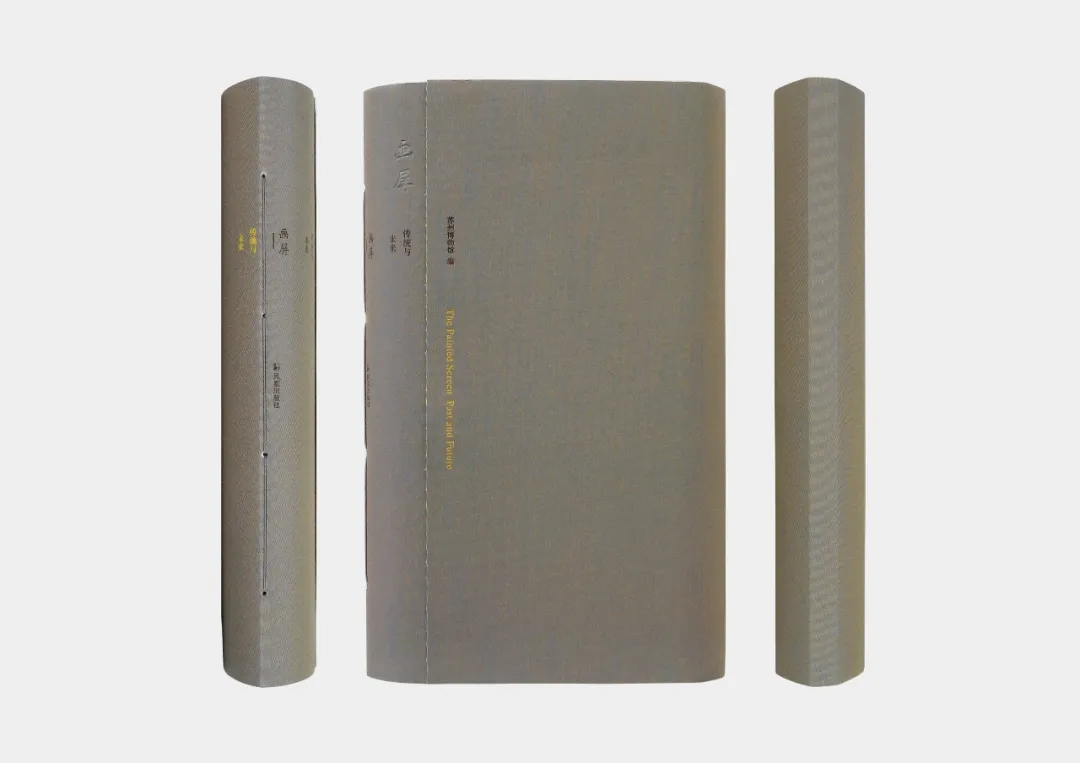 The Painted Screen Past and Future was an exhibition presented by Suzhou Museum from September 6 through to December 6, 2019. Curated by Wu Hung, it was the first large museum introduction to the painted screen, bringing a group of representative works and artists to the public. The catalogue for the exhibition was designed by Jiang Song and published by Phoenix Publishing House, and it won the Award of “The Most Beautiful Book” in 2020.
The Painted Screen Past and Future was an exhibition presented by Suzhou Museum from September 6 through to December 6, 2019. Curated by Wu Hung, it was the first large museum introduction to the painted screen, bringing a group of representative works and artists to the public. The catalogue for the exhibition was designed by Jiang Song and published by Phoenix Publishing House, and it won the Award of “The Most Beautiful Book” in 2020.
Author: Suzhou Museum
Designer: Jiang Song
Editor-in-Charge: Xu Shanshan and Jiang Song
Publisher: Phoenix Publishing House
Printer: Artron Graphic Arts in Shanghai
Q: First of all, congratulations on the book “The Painted Screen Past and Future”you designed that won the award of “The Most Beautiful Book” in 2020. Many of your works were awarded in the competition of “The Most Beautiful Book”, would you like to introduce your current work?
Jiang Song: Currently I work in the office of art editing and design at Phoenix Publishing House (formerly Jiangsu Ancient Books Publishing House), and I work with another two colleagues to undertake the binding design for all the books that are published by the Phoenix Publishing House as well as work in the office. In addition to this, I also cooperate with museums and other institutions to publish catalogues, picture books and so on. Usually I don’t have much time to concentrate on design when I am at the office. I need to work overtime if there are projects which require overall design and commissioned design projects by other publishing houses. Compared with freelance designers, designers work for publishing houses have more scrutiny in some aspects such as being influenced by publishing concepts, theme selection and a strength of discourse. Of course, this might vary with different individuals and institutions. On the other hand, I have a relatively stable job with comparatively low pressure that indicates the status quo of the system.
Q: How did you become involved in book design?
Jiang Song: From a subjective perspective, I wanted to work on more challenging tasks related to art creations. I used to be a teacher of fine arts in Nanjing No. 13 Middle School and I worked in the Office of Art Editors in the early 1990s. In the beginning when I was transferred to Phoenix Publishing House, I continued to intermittently paint with oil pigments, the art editing work then was cutting and pasting with no original creation as if making wedding dresses for others. In 1996, the “Exhibitions of Book Binding and Design by Four Artists” including Lyu Jingren encouraged me to form a new comprehension of book design and the “The Sixth National Book Design Art Exhibition and Forum” inspired me to increase my knowledge of book design.

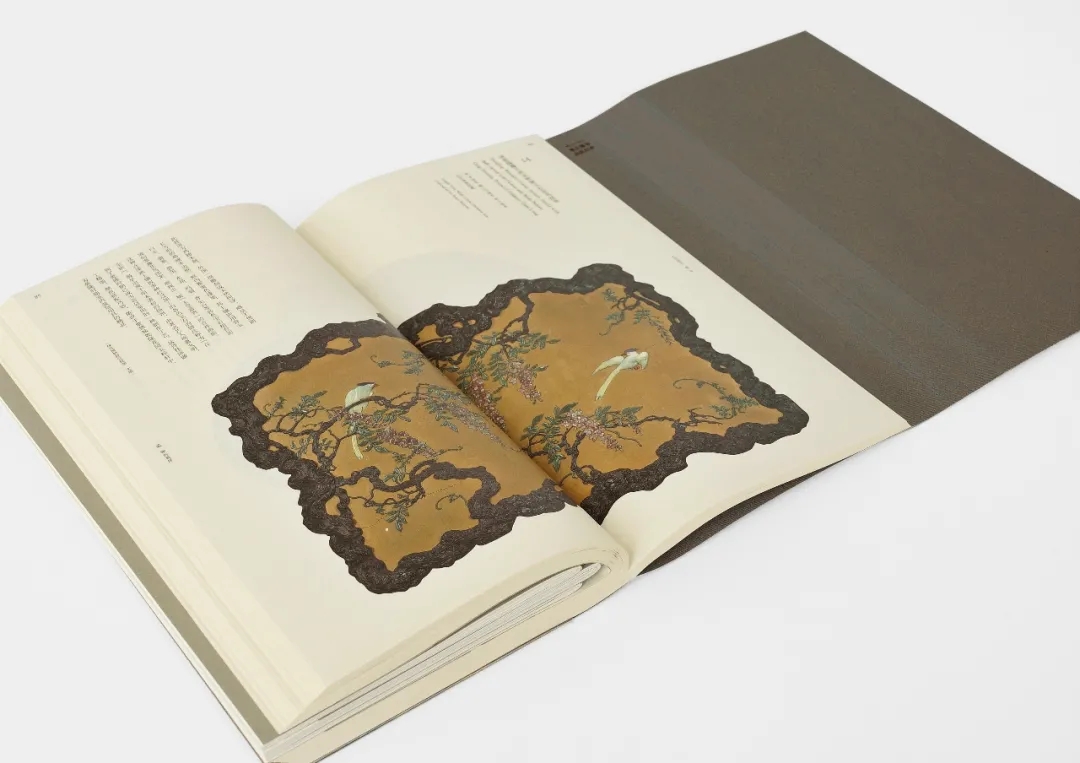
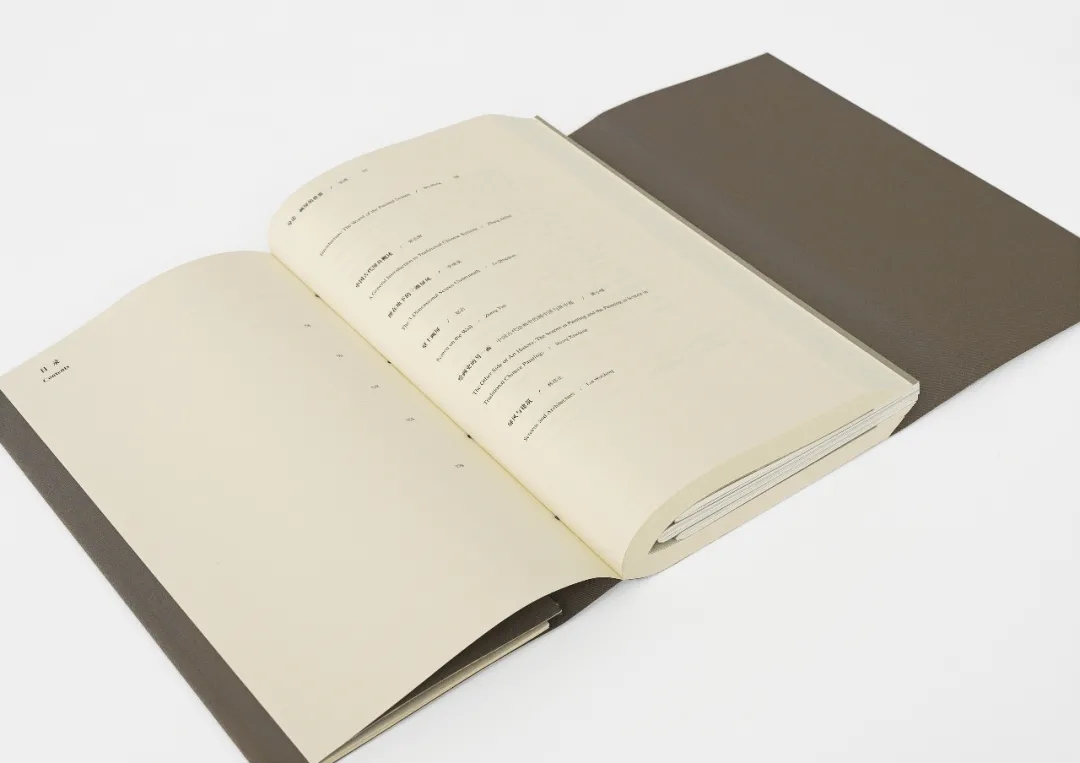
Q: How is the process of your work?
Jiang Song: The process is full of repetitive feelings, understandings, sorting, analyzing, structuring and implementing.
Q: What has changed and remained unchanged since you started your career as an art editor and why?
Jiang Song: What has changed and remained unchanged should be relative. What has changed is my age as well as my cognition of book design; what has remained unchanged is my professional position and my vision.
What has changed is due to the changes and developments of time and space, as well as my persistent experiment and practice along with influences from outstanding designers in the field; what has remained unchanged is the result of choice due to my personality.
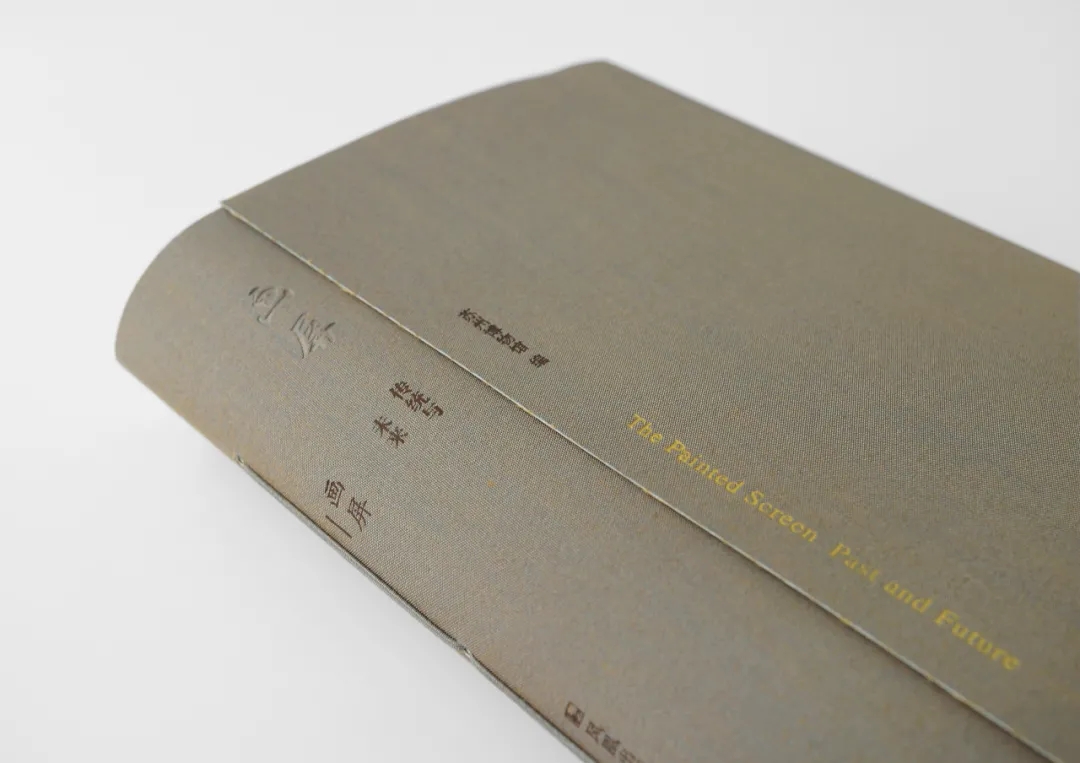

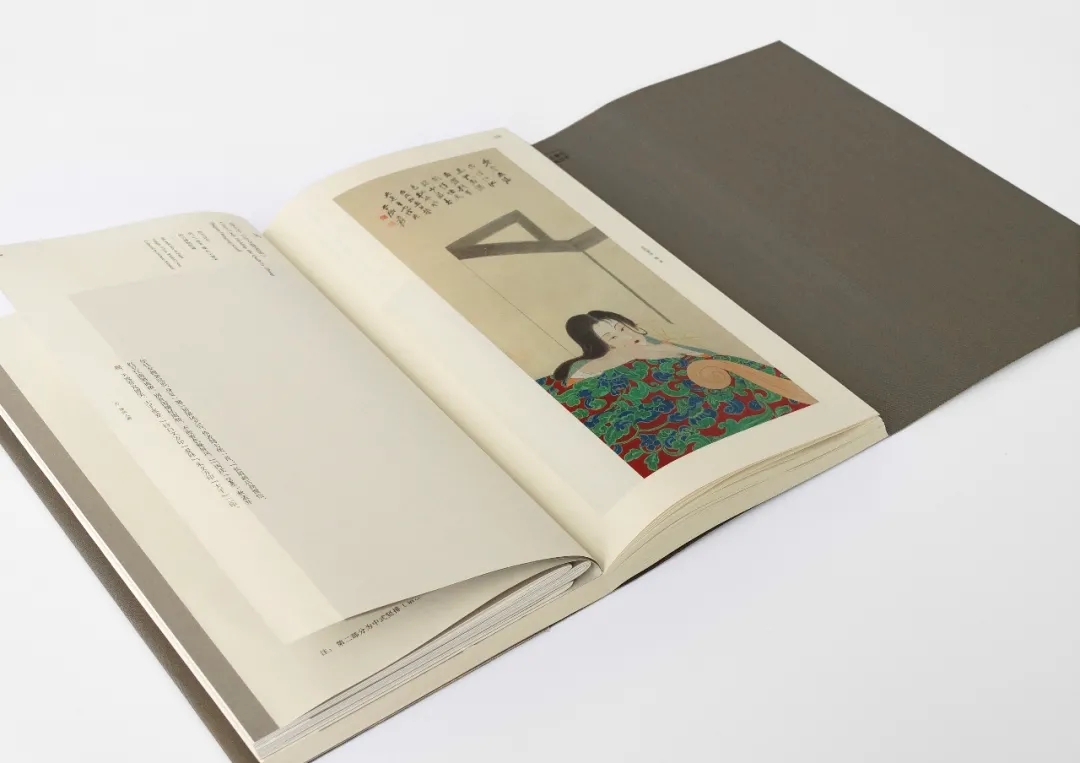
Q: Would you pick a work that you think most satisfactory and reflects your design concept and working methods? Would you share the details with us?
Jiang Song: There’s none yet. Obviously, all designs are affected by the content that needs to be presented and they always vary thus I cannot determine which one is the best. My working method is basically the same, but it seems to be included in the design process. The best ratio of sensibility and rationality is what I am seeking, personally I believe that challenging the boundary of the cognition of things is one of the most interesting things about human existence.
Q: What’s the most challenging risk you have come across in projects?
Jiang Song: It seems that I have not encountered any big challenging problems yet, but small issues usually happen such as errors between the assumption and the result.
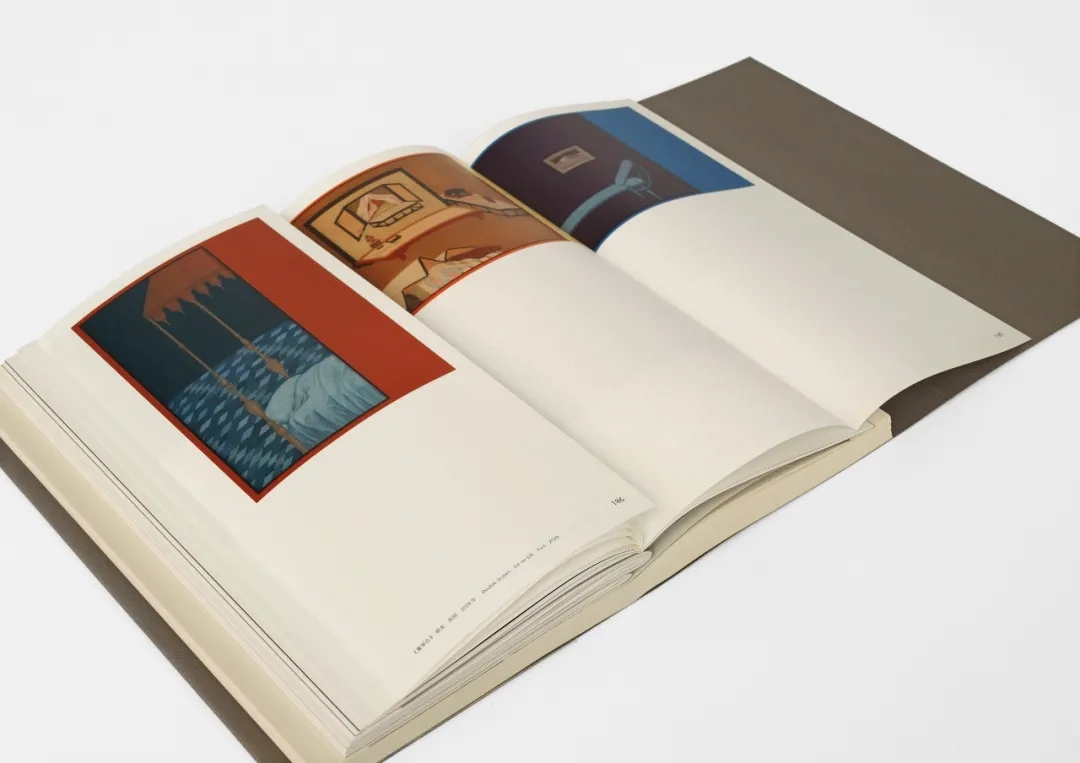
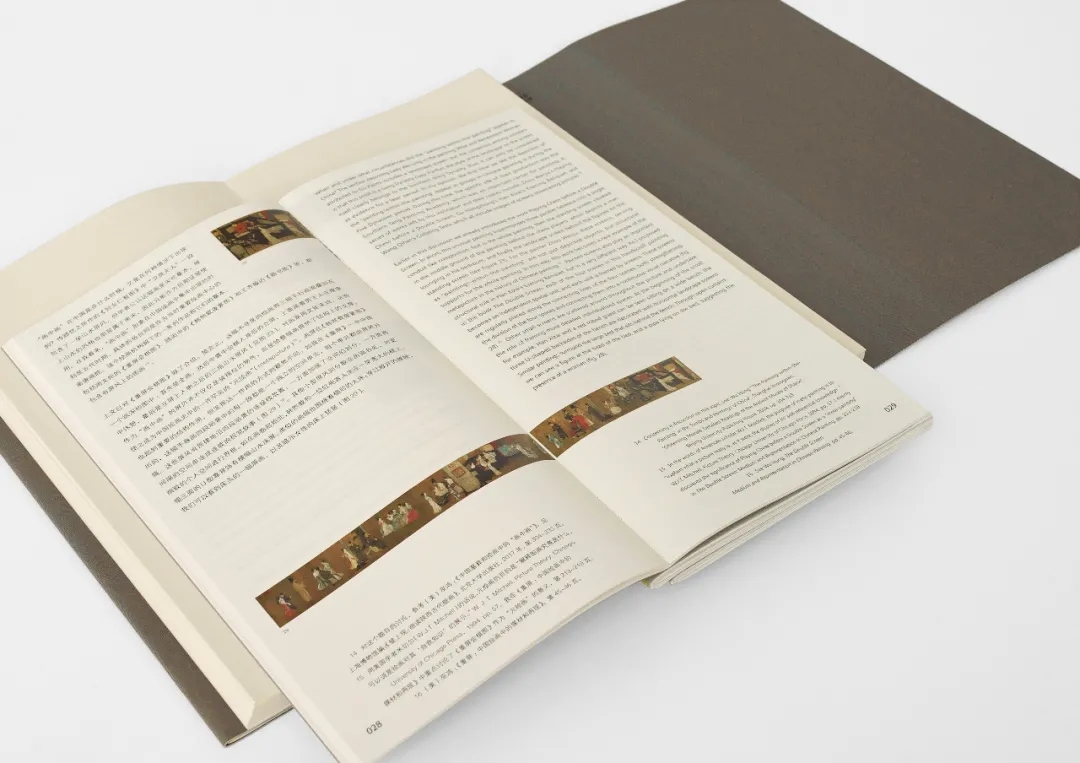

Q: What do you think is the most ideal relationship with Party A?
Jiang Song: Trust is the foundation, and equality is the key. It will be better if we keep it at arm’s length.
Q: Is there any secret to improving the pass rate when making proposals to clients?
Jiang Song: I don’t have much experience in this area. Every customer is different in their taste, confidence, expression and method, which are all important. I think the starting point is to pay attention to the needs of customers as much as possible and give in-depth proposals at crucial moments, communicate with Party A with conviction and speak with authority. I remember a designer said: When making proposals, I always give three options, one of which is my favorite, one is mediocre, and the other is somewhere in between, which might allow customers more choice. While making proposals, we will try our best to recommend customers accept their favorite solution.
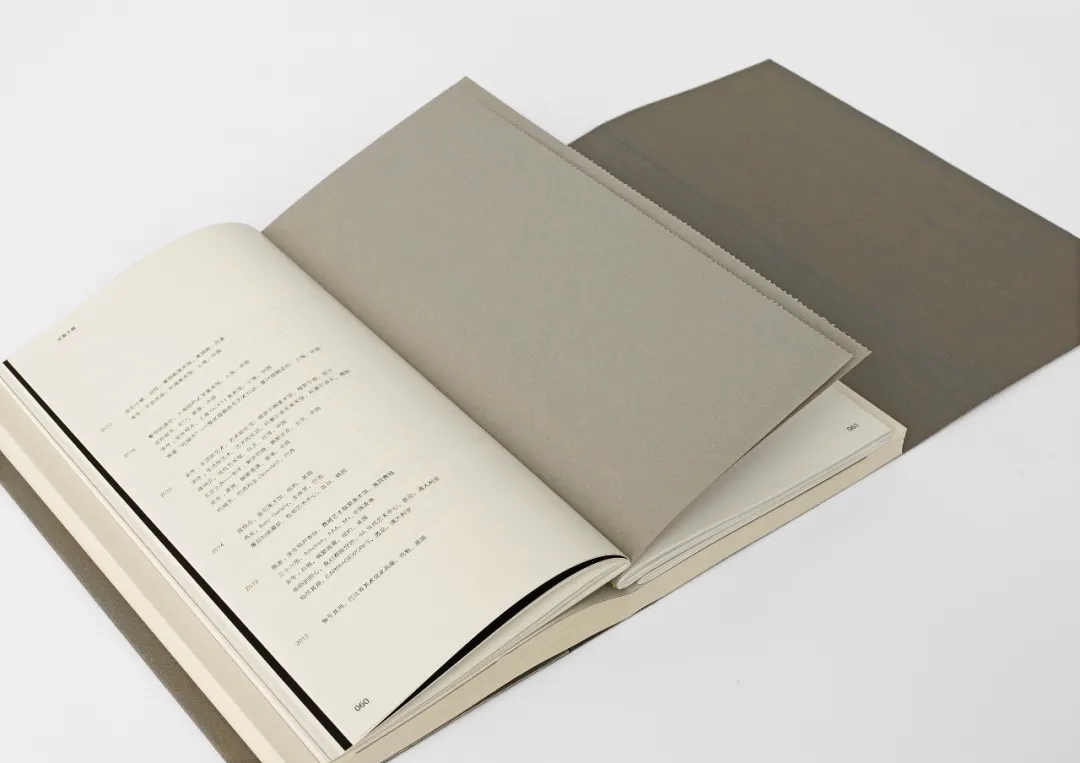
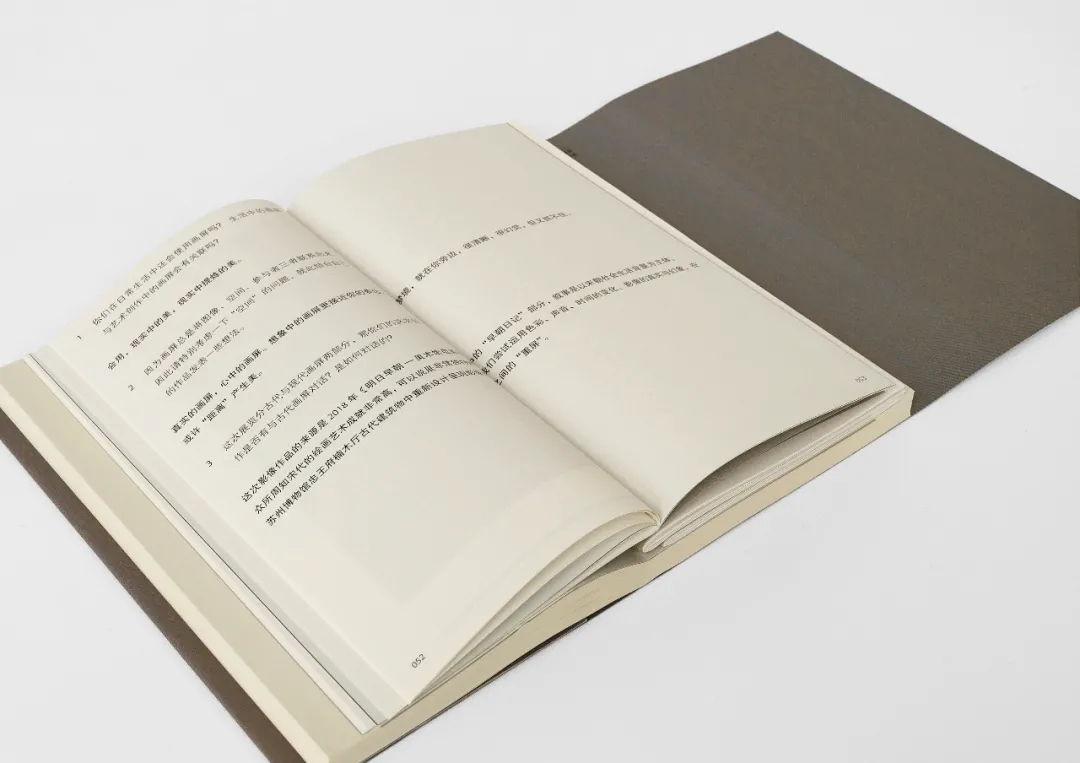
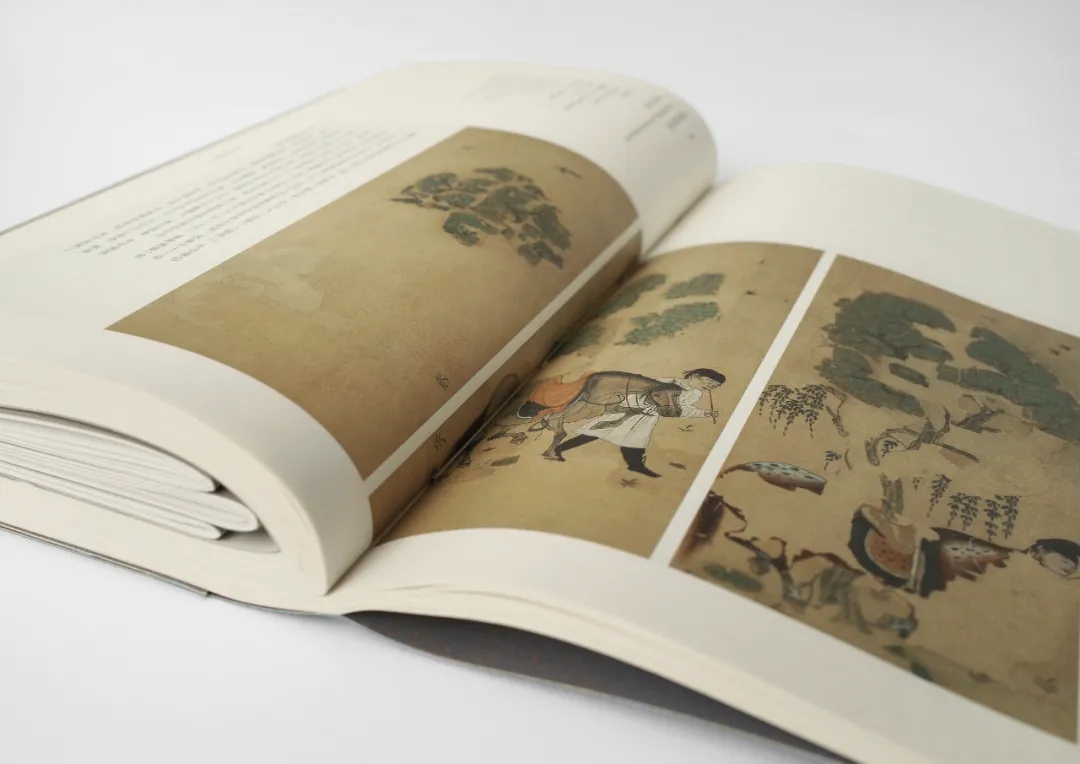
Q: What do you think is the new possibility for the development in book design? For example, the editing design, materials, and form of possibilities from traditional printed books...
Jiang Song: For the diversified access to information, the changes in reading habits, the pursuit of spiritual sublimation, they have all spawned the changes in traditional printed books. Although it is difficult, everything is possible. People never lack the power to explore and move forward.
Q: At the moment, is there anything you want to say? Any comments are fine.
Jiang Song: It seems that I have a lot to say, but after thinking it over, I have nothing to say. Individuals are always so small. Both work and life develop practices, and both accompany you through a lifetime...
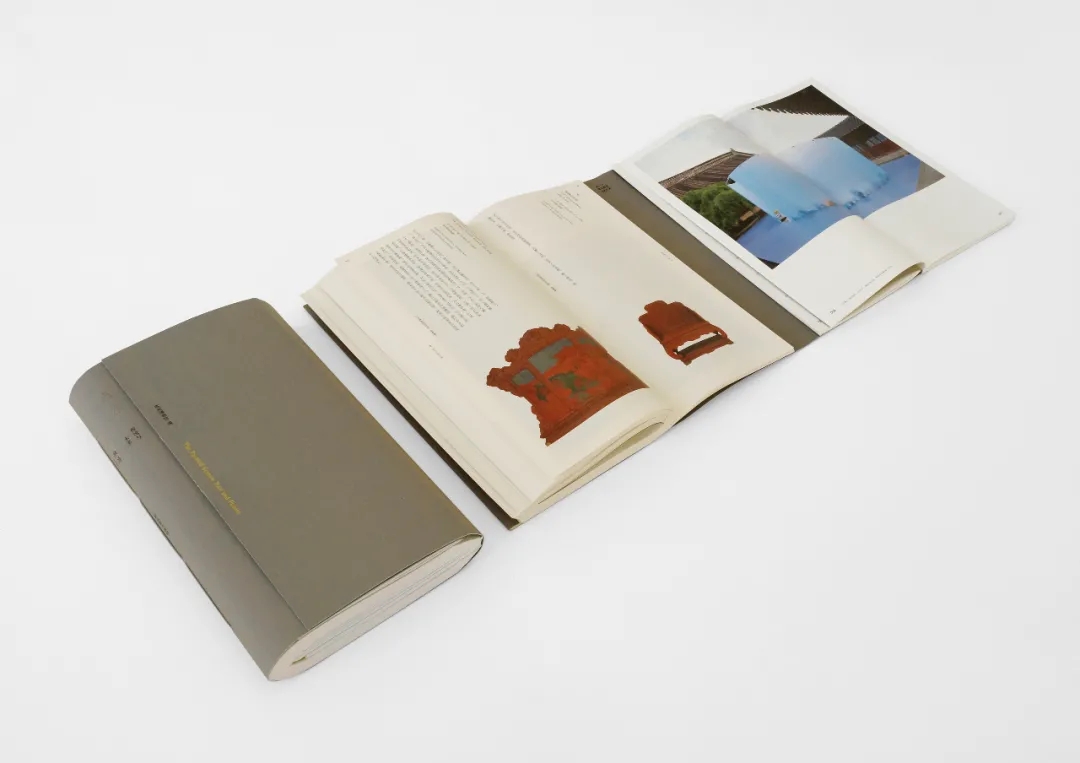

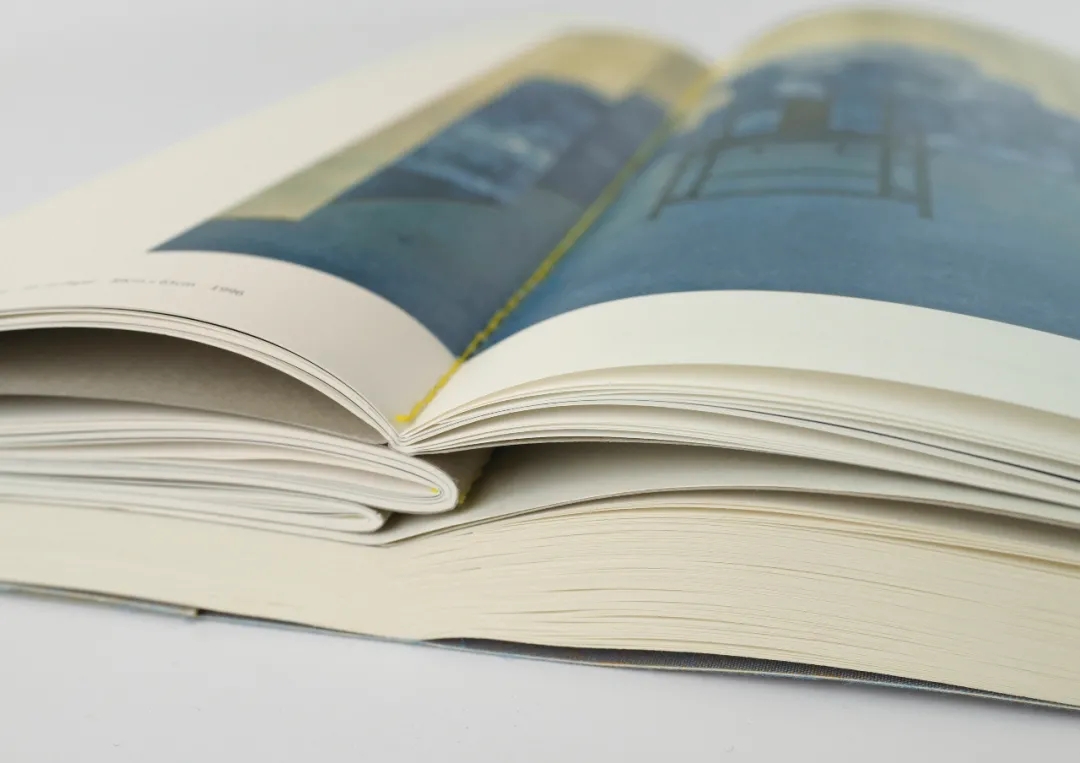
Originally published on The National Book Design Art Exhibition, edited and translated by Sue/CAFA ART INFO
Image Courtesy of Jiang Song and The National Book Design Art Exhibition




























